Blog
It has seemed to us that, when discussing Cuba and Cubans, the more subtle and poetic voices of those who have been experiencing the island for a lifetime—loving, grieving, and dreaming in Cuban—tend to be shut out. Noticeably absent are the real lives and complex emotional histories of thousands of Cuban-Americans and Cubans across the globe, including those on the island.
In response to this absence, we have joined our minds and hearts to create this blog as a forum for sharing and cataloging those real-life stories across the spectrum of race, geography, generation, class, religion, ethnicity, and gender of Cubans everywhere. Engaging the power of storytelling, the blog’s purpose is to build bridges that connect Cubans everywhere and lift the emotional embargo among us all, as we move forward together with our apprehensions and hopes, questions and convictions, doubts and dreams, into a new era of US-Cuban relations and the Cuba of tomorrow.
Featuring a wide range of contributors, the blog provides a place for poets, authors, artists, and scholars to share stories that lay bare the laughter and sorrow of being Cuban. Stories conveyed through personal narratives, poems, photo essays, interviews, surveys, and analyses. Stories that aren’t afraid to speak from an emotional register that breaks the heart and tries to heal it too. Stories that sooth and illuminate, as well as provoke and challenge perceptions, gradually building to a crescendo of voices that speak with passion, urgency, and unforgettable presence.
Throughout our 25-year friendship, we have written obsessively about the search for home and longing to keep Cuban roots alive through memory, literature, and cultural heritage, while also engaging with the unfolding realities of the island. Back in the early 1990s, as a way of healing the psychic wounds brought about by ideological divisions between Cubans who stayed on the island and Cubans who left, Ruth conceived of the idea of Bridges to Cuba/Puentes a Cuba, an anthology of voices that remains a landmark publication to this day. Edited by Ruth, it brought together, for the first time in English, many voices of Cubans of the second generation, both on the island and in the diaspora. Bridges to Cuba/Puentes a Cuba, opened a window onto the meaning of nationality, transnationalism, and homeland at the time, and created a space for reconciliation, imaginative speculation, and renewal.
Now, almost thirty years later, this blog brings together Ruth’s notion of “bridges to Cuba” with Richard’s notion of the “emotional embargo.” For it is not simply a political and economic embargo that needs to be “lifted,” but also the weight of an emotional embargo that has kept Cubans collectively holding their breath for over sixty years. As poet and author, Richard has dedicated his life’s work to understanding that embargo, dealing with matters of the heart and spirit that policies and politics don’t really address. Namely, those stories sprung from a deep well of thought and feeling that need to be told in order to emotionally reconcile the diaspora of our various Cuban identities and claims as we move toward the post-embargo world of tomorrow.
A Way Forward
Wishing everyone a belated but heartfelt happy new year! To start our blog posts for 2022, we are glad to feature an important and moving essay by Ana Hebra Flaster, a journalist and writer, who addresses complex topics not always spoken about in our Cuban community....
Beyond Cold War Rhetoric: Rethinking Cuba Today
It’s been a month since the protests in Cuba on July 11 and Cubans on the island and in the diaspora are still discussing what it all means and how to move forward as a nation and a people. We can’t think of anyone more sharp-eyed than political scientist María de los...
The Beautiful Disappearing
Truly, there’s no one doing the kind of epic photographic reportage that Lisette Poole has been doing for the last few years, bringing to the world’s attention the look and feel of contemporary Cuban reality. When we learned of her extraordinary photobook, La paloma y...
Once Upon a Time in Costa Rica
Many Cubans, like Susannah Rodriguez Drissi and her family, didn’t come directly to the US; instead, they were immigrants first in a “third country,” “un tercer país.” In this evocative essay, Rodriguez-Drissi shares her double-immigrant experience, reflecting back...
The Truth in Bronze
Hola Reader-Friends, Our blog until now has featured the visions and voices of Cubans of many different backgrounds who hold a variety of perspectives on the island, the diaspora, and their identity. Only occasionally, so far, have we featured the work of writers and...
Cubana-Irlandesa: Inhabiting a Centre that Cannot be Occupied
After a brief hiatus due to the many changes between Cuba and US relations, we are reigniting our blog to offer new reflections and keep building bridges to/from Cuba (please read our updated “ABOUT” page). To kick-off this month, we are thrilled to feature the acute...
Trance and Tránsito: Chucho Valdés and Gonzalo Rubalcaba
After a few months' hiatus, we are glad to feature a different kind of piece on our blog: Alan West-Durán's passionate and informative essay about musical bridges between Cuba, the U.S. and Africa. We include links to the music of Chucho Valdés and Gonzalo Rubalcaba...
All of the Secrets
To start off our blog posts for 2018, we are delighted to feature a moving essay by Liliana Ashman about how her bridge to Cuba has taken form over the years, moving from a sense of innocence about the island to an adult woman’s decision to make it part of her life....
José Martí and Autumn Leaves
We associate José Martí with the palm trees of Cuba, but in fact he spent many years of his life in New York getting to know the maple and the oak trees. It is a pleasure to introduce readers to this other side of Martí’s sensibility through Emma Otheguy’s lyrical...
Last Rites
Going to Cuba to pay a visit to the dead who rest in cemeteries on the island has become a common ritual among Cuban Americans. In the essay “Last Rites,” Carlos Rafael Gomez movingly recalls finding his great-grandmother’s tombstone at the Colón Cemetery with the...
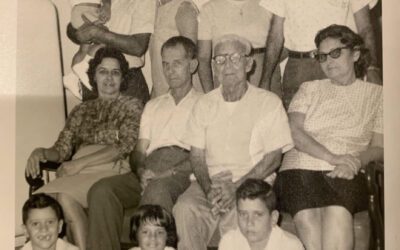
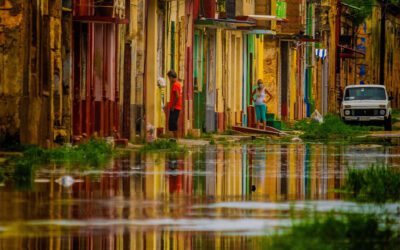
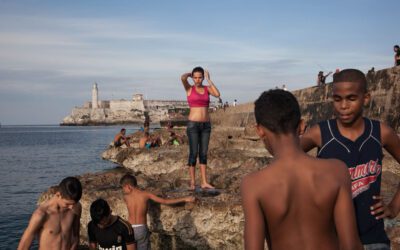
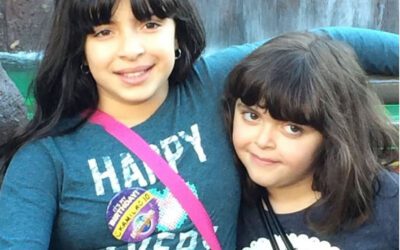
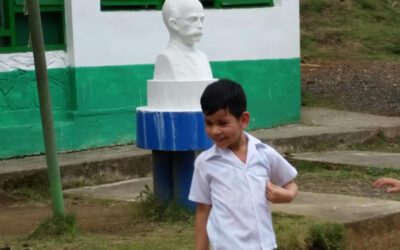
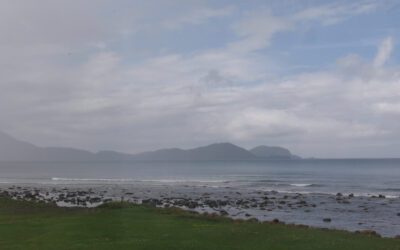
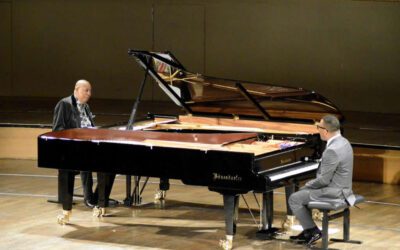
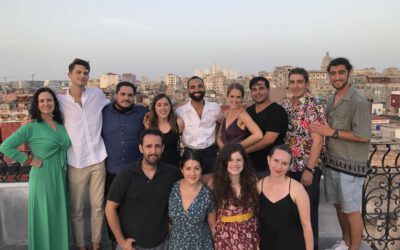
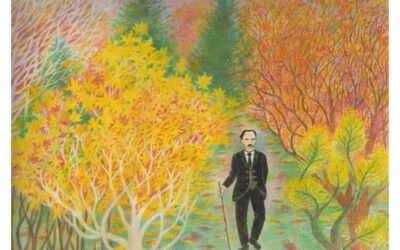
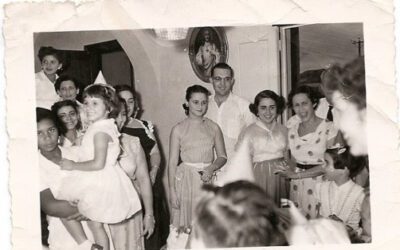




Recent Comments